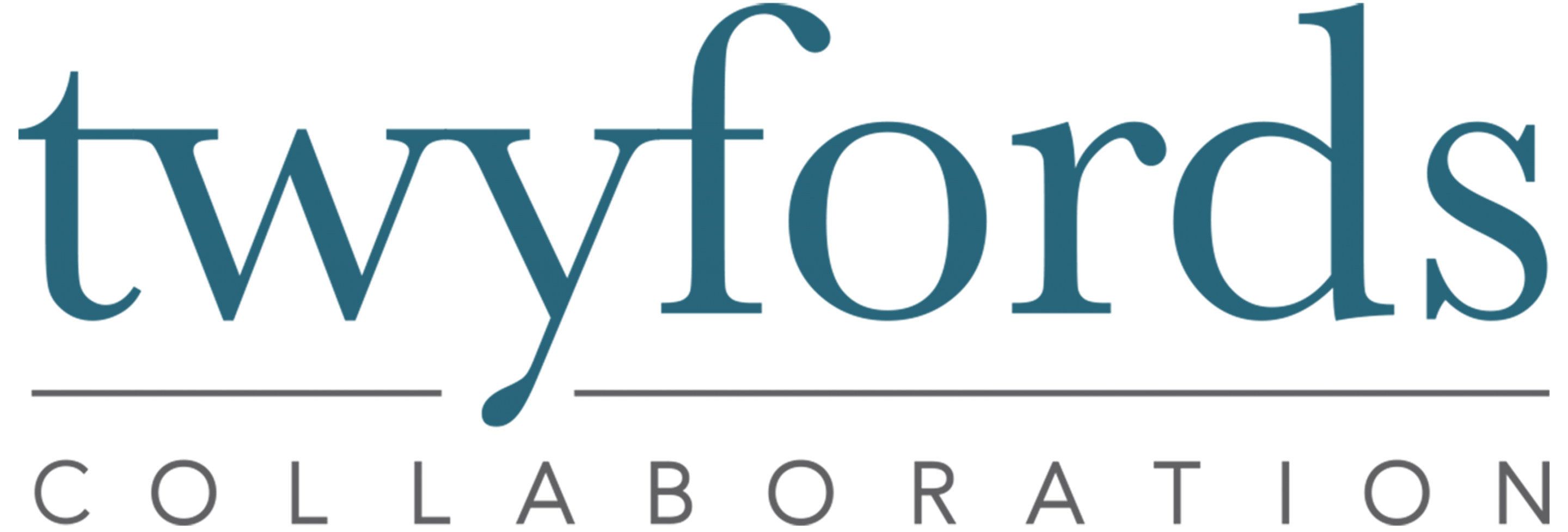I was thinking about the value of a “light on the hill” to guide a complex project, and it reminded me of a great story a colleague told me about her project and the value of keeping it a bit “fuzzy”.
She had a complex issue around evaluating a major environmental plan, and the group found some challenges when trying to set the direction. Given their interest in evaluation, they found themselves naturally gravitating towards seeing success as something like ‘a set of measures or KPI’s’.
However they were following a collaborative guideline at the time that asked them how they would know they had succeeded, and so they took some time to re-consider what they were aiming for.
After some discussion and consideration, they agreed on a set of success factors that were quite broad eg good environmental outcomes, confidence that the actions were delivering, etc, but still provided sufficient guidance to know they were on the right track (which is all you can really do when faced with complexity where even the problem is unclear, let alone the solution.)
However what the exercise did reveal was the risk that they were running by unconsciously narrowing their vision to an objective like a ‘set of measures or KPI’s’. They recognised that staying with such narrow objectives may have trapped them in a business as usual approach that would constrain the potential solutions, and restrict the innovative ideas that might be possible.
As it turned out, the real value of the broader and less distinct “light on the hill” only became apparent later, with a realisation that the really innovative outcome emerging from the work was the ongoing development of an “evaluative mindset” with those involved in the project, and those who were also drawn in to the work. While measures and KPI’s did also feature as elements of the emerging solutions, the real value was the change in thinking as more people saw their role in evaluating success of their interventions.
So in this case, living with a fuzzy goal contributed to smarter solutions.
